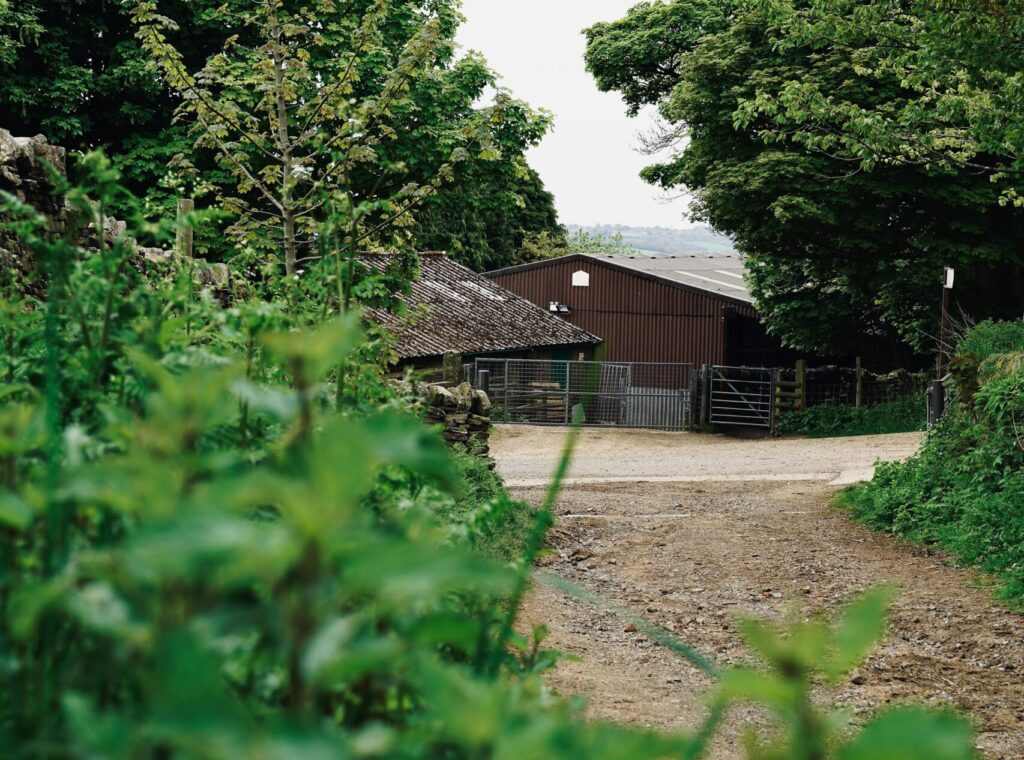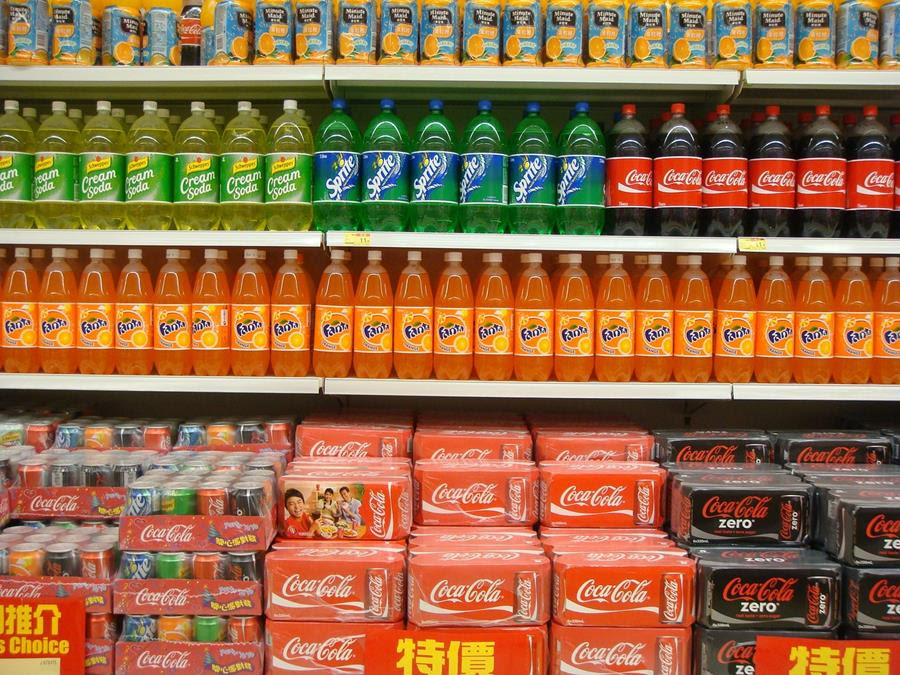What could the impact be on farming and its ability to weather the changes ahead and lead the transition to a more sustainable food system? How might the changes affect farmers’ ability to reduce emissions or enter into natural capital markets and contracts?














